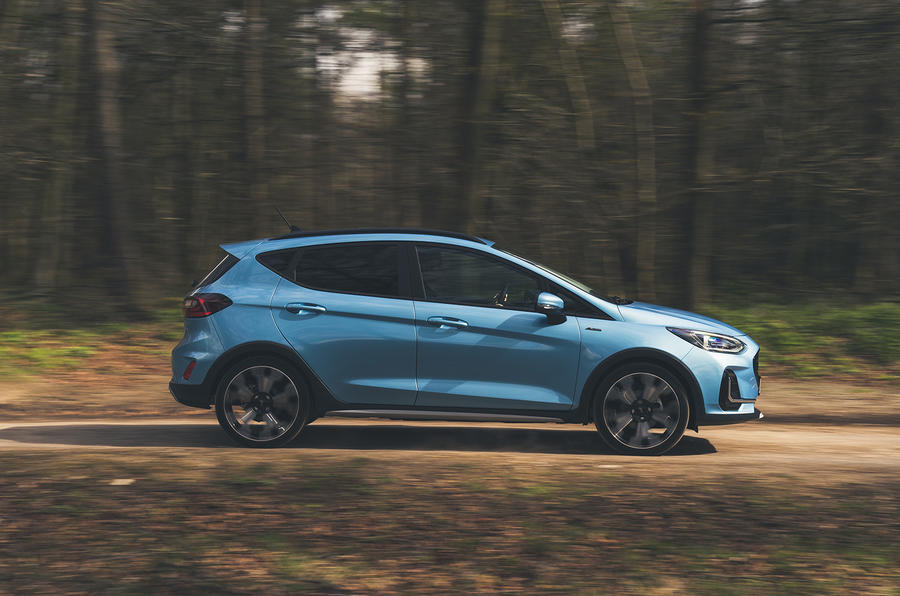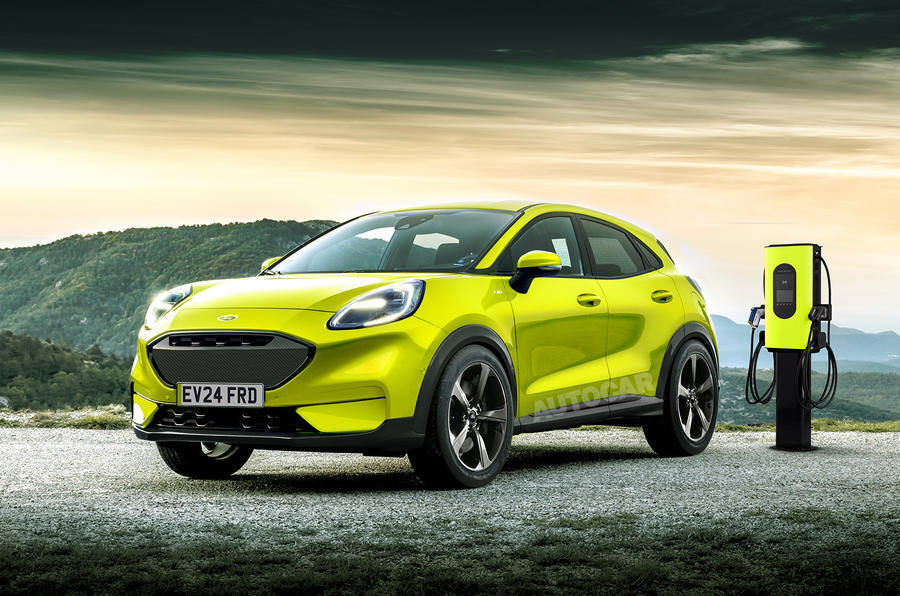Toyota is well-known for producing durable and tough vehicles, including SUVs and pickup trucks. In fact, it can be argued that Toyota is the brand that revolutionized the American truck industry.
Before the 1990s, pickup trucks were primarily used for work purposes and were not seen as cool or desirable. However, Toyota changed this perception with the introduction of their pickup truck models like the Tacoma, which appealed to outdoor enthusiasts and people who enjoyed off-roading and exploring. While these trucks can still handle work tasks, they have evolved into lifestyle icons.
Let’s take a closer look at the history of Toyota pickup trucks to understand their legacy.
It All Started In 1964
The first Toyota pickup truck entered the American market in 1964. It was called the Stout, but it wasn’t the model that continued the Toyota truck legacy. Toyota gained attention in the U.S. market in the 1970s when they imported the Hilux and rebranded it as the Toyota Pickup. This simple yet affordable truck quickly caught the attention of buyers, showcasing Toyota’s commitment to quality and reliability.
Unlike other automakers who focused on the domestic market, Toyota invested in creating a superior chassis and reliable engines for their pickup trucks. These trucks outperformed their competitors and became known for their longevity and performance.
The 4Runner Changed The Trajectory Of The Toyota Pickup
In the 1980s, Toyota made a significant impact on the pickup truck market with the release of the 4Runner. Based on the SR5 Hilux, the 4Runner created a new segment for lifestyle trucks. Seeing the success of this type of vehicle, Toyota decided to include their pickup truck models in the same category.
Kevin Hunter played a crucial role in the transformation of Toyota pickup trucks. He introduced the first Tacoma in 1995, giving the pickup a name and enhancing its width, capability, and aesthetic appeal. The Tacoma became a lifestyle vehicle that was both stylish and high-performing.
To perfect their recipe, Toyota introduced new models and variations like the TRD and Prerunner. The Prerunner, in particular, was a rear-wheel-drive version of the truck and drew inspiration from the vehicle used to pre-run off-road courses before races.
Toyota’s Efforts Were Paying Off
By 2004, the Tacoma was trailing just behind the Ford Ranger in sales. However, with the release of the new model in 2005, the Tacoma surpassed the competition by selling 48,000 more units than the Ford Ranger that year.
The 2005 Tacoma boasted increased power and capability. Over the years, it received safety and exterior updates, making it one of the safest and most appealing small pickups on the market.
The third-generation Tacoma, released in 2016, introduced electronic off-road features and the TRD Pro model in 2017. The TRD Pro had a more aggressive appearance and was highly capable, solidifying the Tacoma’s position as the best-selling mid-sized truck in America.
3rd Generation Tacoma TRD PRO Off-Road Features
- Better flowing exhaust
- FOX suspension
- Skid plates
- Rear locker
- A variety of electronic off-road assist systems
Recently, Toyota introduced the fourth-generation Tacoma with drastic updates. It is longer than ever before and for the first time, features a coil-sprung solid axle instead of rear leaf springs. The new Tacoma also includes additional off-road trims to cater to the lifestyle and outdoor market.
As the new model is still relatively new, its performance and reception are yet to be fully tested. Ford, however, is not lagging behind and has come up with the all-new Ranger to compete in this segment.
Toyota May Be Swaying Away From Its Roots
In recent years, Toyota has shown signs of moving away from its traditional roots. Stricter emissions regulations have led to downsized engines paired with hybrid systems. The fourth-generation Tacoma, for example, features a 2.4-liter turbo four-cylinder engine paired with a hybrid system.
Engine Specifications: 2024 Toyota Tacoma Hybrid
While this engine offers more power and efficiency compared to its predecessor, it may not be as reliable due to increased stress from a smaller displacement with higher power output, and the complexity of the hybrid system. This trend can also be seen in the new Tundra and Land Cruiser models.
The Real Reason Why Toyota Trucks Became So Popular
The popularity of Toyota trucks can be attributed to their focus on a lifestyle orientation in the original Tacoma model. However, it’s not the only factor. Toyota had already gained ground in the truck market due to their exceptional build quality.
Unlike other trucks of the time that used cheaper C-channel frames, Toyota trucks utilized fully boxed frames, providing greater durability and towing capacity. Additionally, Toyota engines were simple and reliable, allowing the trucks to last for hundreds of thousands of miles.
With the introduction of more appealing and versatile models, Toyota has expanded its pickup truck range to meet the evolving needs of buyers. Their reputation for building tough trucks has established a strong customer base built on trust.












